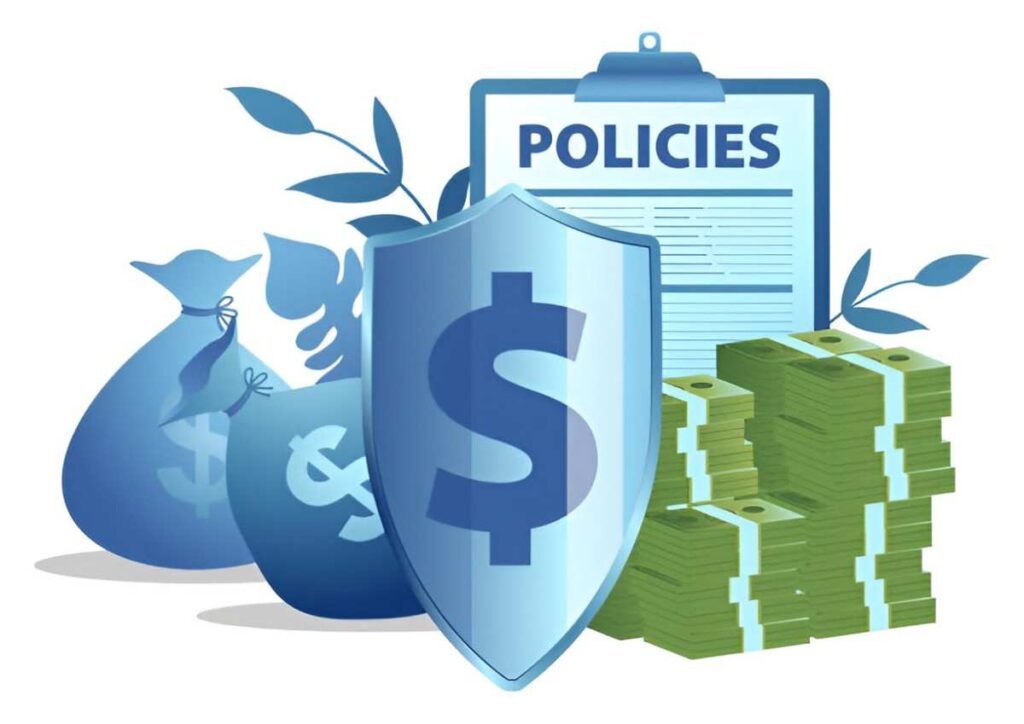Insurance contracts can feel like a maze of jargon and fine print. But when I break it down, I realize that understanding the basics can empower me to make better financial decisions. One concept that often confuses people is the Valued Policy. In this article, I’ll explain what a valued policy is, how it works, and why it matters. I’ll also compare it to other types of insurance policies, provide examples with calculations, and explore its relevance in the U.S. socioeconomic context.
Table of Contents
What Is a Valued Policy?
A valued policy is a type of insurance contract where the insurer agrees to pay a predetermined amount if a total loss occurs. Unlike other policies that reimburse the actual cash value or replacement cost, a valued policy pays the agreed-upon amount regardless of the actual loss value. This type of policy is commonly used for items with subjective or hard-to-determine values, such as antiques, artwork, or rare collectibles.
For example, if I insure a painting under a valued policy for $100,000, and it gets destroyed in a fire, the insurer will pay me $100,000—even if the painting’s market value at the time of loss was only $80,000.
Key Features of a Valued Policy
- Predetermined Payout: The payout amount is agreed upon when the policy is issued.
- Total Loss Requirement: The policy typically applies only to total losses, not partial damages.
- Subjective Valuation: It’s ideal for items with subjective or fluctuating values.
How Does a Valued Policy Differ from Other Policies?
To understand the uniqueness of a valued policy, I need to compare it to other common types of insurance contracts:
1. Actual Cash Value (ACV) Policy
An ACV policy reimburses the item’s current market value at the time of loss, accounting for depreciation. For example, if I insure a 5-year-old laptop for $1,000, and it gets stolen, the insurer might pay me $500 based on its depreciated value.
2. Replacement Cost Policy
A replacement cost policy pays the amount needed to replace the item with a new one of similar kind and quality. Using the same laptop example, the insurer would pay $1,000 to buy a new laptop, even if the stolen one was 5 years old.
3. Agreed Value Policy
An agreed value policy is similar to a valued policy, but it’s often used for partial losses. The payout is based on a pre-agreed value, but adjustments may be made for partial damages.
Here’s a comparison table to summarize the differences:
| Policy Type | Payout Basis | Example Payout |
|---|---|---|
| Valued Policy | Predetermined amount | $100,000 for a painting |
| Actual Cash Value | Current market value minus depreciation | $500 for a 5-year-old laptop |
| Replacement Cost | Cost to replace with a new item | $1,000 for a new laptop |
| Agreed Value | Pre-agreed value, adjusted for partial losses | $80,000 for partial damage to a car |
When Is a Valued Policy Used?
Valued policies are most useful in specific scenarios:
- Unique or Rare Items: Items like artwork, antiques, or collectibles often have subjective values that fluctuate over time. A valued policy ensures I receive a fair payout without disputes over valuation.
- Total Loss Scenarios: If I’m insuring something that’s likely to be a total loss in case of damage (e.g., a vintage car), a valued policy simplifies the claims process.
- Emotional Value: Sometimes, an item’s value to me exceeds its market price. A valued policy allows me to insure it for an amount that reflects its personal significance.
Mathematical Explanation of Valued Policy
To better understand how a valued policy works, let’s break it down mathematically.
Total Loss Payout
The payout under a valued policy is straightforward:
Payout = Agreed\ ValueFor example, if I insure a rare coin collection for $50,000, and it’s stolen, the insurer pays:
Premium Calculation
The premium for a valued policy is based on the agreed value and the risk of total loss. The formula is:
Premium = Agreed\ Value \times Risk\ FactorThe risk factor depends on factors like the item’s location, security measures, and historical loss data. For instance, if the risk factor is 0.02 (or 2%), the premium for a $50,000 policy would be:
Premium = \$50,000 \times 0.02 = \$1,000Example Calculation
Let’s say I want to insure a vintage guitar with an agreed value of $20,000. The insurer assesses a risk factor of 0.015 (1.5%). The annual premium would be:
Premium = \$20,000 \times 0.015 = \$300If the guitar is destroyed in a fire, the insurer pays:
Payout = \$20,000Advantages of a Valued Policy
- Certainty: I know exactly how much I’ll receive in case of a total loss.
- No Depreciation: Unlike ACV policies, the payout isn’t reduced by depreciation.
- Simplified Claims: The claims process is faster and less contentious since the payout amount is pre-agreed.
Disadvantages of a Valued Policy
- Higher Premiums: The premiums can be higher due to the guaranteed payout.
- Limited to Total Losses: Partial damages aren’t covered under a standard valued policy.
- Overinsurance Risk: If I overestimate the item’s value, I might pay higher premiums unnecessarily.
Valued Policy in the U.S. Context
In the U.S., valued policies are commonly used for high-value personal property, such as jewelry, fine art, and collectibles. They’re also prevalent in certain states for real estate insurance, especially in areas prone to natural disasters like hurricanes or wildfires.
For example, in Florida, valued policy laws require insurers to pay the full policy amount in case of a total loss due to a covered peril, regardless of the property’s actual cash value. This protects homeowners from underinsurance in high-risk areas.
Real-Life Example
Let’s say I own a rare stamp collection appraised at $30,000. I insure it under a valued policy for the appraised amount. A year later, a flood destroys the collection.
- Agreed Value: $30,000
- Payout: $30,000
Even if the market value of the stamps dropped to $25,000 due to changing trends, I still receive $30,000.
Conclusion
A valued policy is a powerful tool for insuring items with subjective or hard-to-determine values. It provides certainty and simplifies the claims process, making it ideal for unique or high-value possessions. However, it’s essential to weigh the higher premiums and ensure I’m not overinsuring the item.





